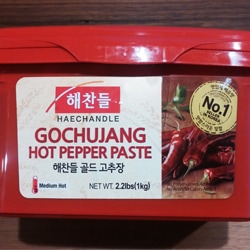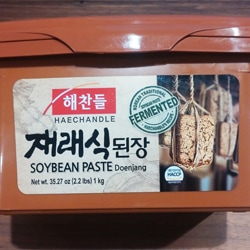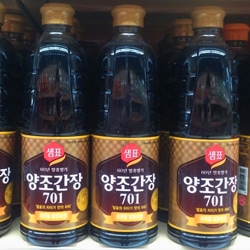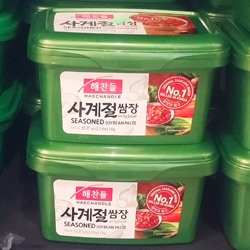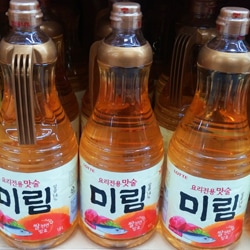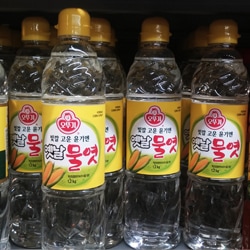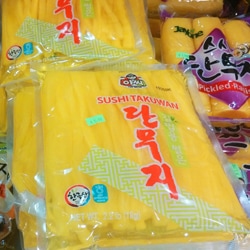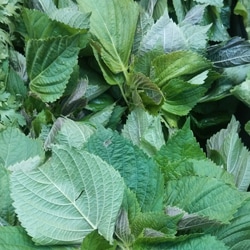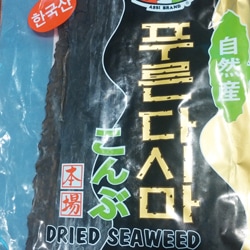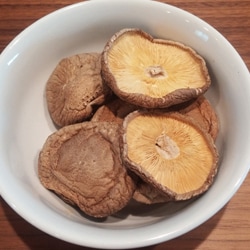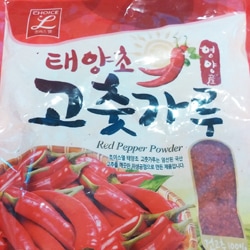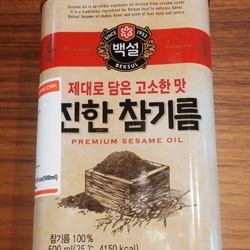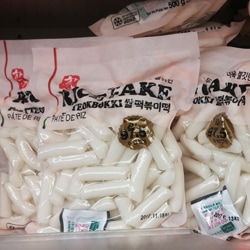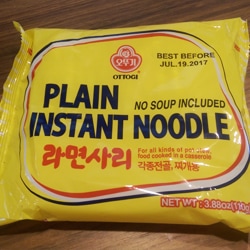Sauces, Seasonings, & Pastes
These ingredients add salty, umami, or spicy flavor to Korean soups, stews, side dishes, and barbecues.
Fresh & Pickled Fruits & Vegetables
These are fresh fruits and vegetables that are commonly used in Korean cooking.
Dried Fruits, Vegetables, & Condiments
These land and sea vegetables and fruits have been harvested and dried. Dried ingredients are often used in Korean cooking to prolong storage and eat them year round.
Milled
These flours, powders, oils, and flakes have been processed at a mill in one way or another.
Noodles and Rice Cakes
These noodles and rice cakes (fresh & dried) are commonly used in Korean cooking.
